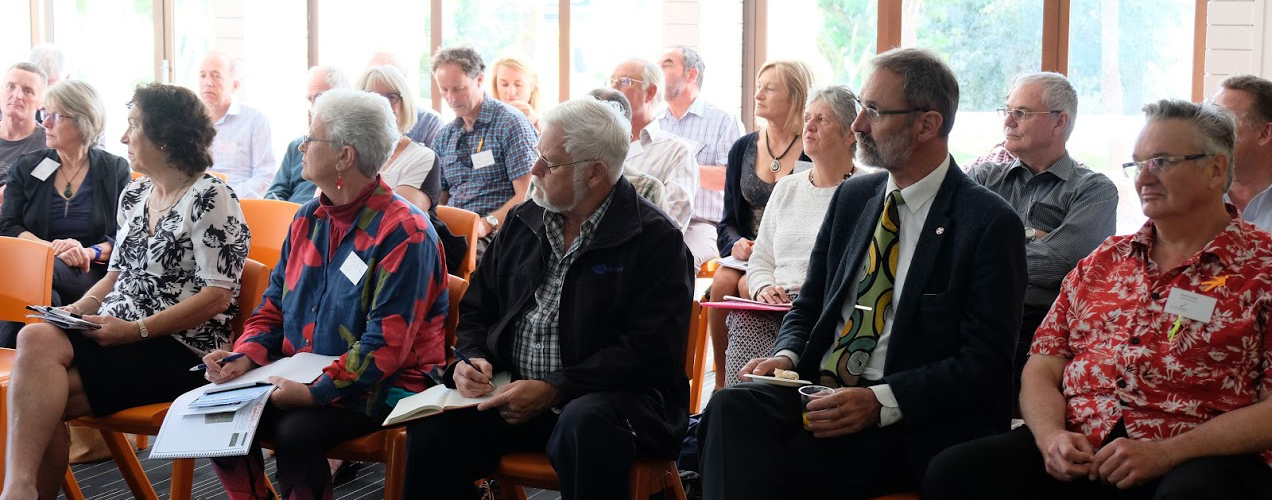Auckland Trail Leaders Workshop
By Kay Willcocks, Auckland Regional Field Advisor
As the Regional Field Advisor for Auckland, a large part of my role is working with the various trail building groups throughout the region, so it was a wonderful networking opportunity when the Walking Access Commission and Auckland Council bought together representatives of many of these groups at a workshop in Mt Roskill in November.
Present were senior management and the Board of the Commission, representatives from Auckland Council, Auckland Transport, ATEED, and the Department of Conservation, alongside individuals and groups involved in building tracks and trails such at Te Araroa, Matakana Coast Trails, Pohutukawa Coast Trails, Clevedon Trails, Bike Auckland and Walk Auckland.
[ See an album of photos from the workshop on the Commission's Facebook page ]
The day began with a welcome from the organisers, including information about the Commission and what we do, and an update about Auckland Council’s Greenways/Paths programme. This programme has now created future plans for public access and trails in 15 of the 21 local board areas of Auckland.
A key discussion topic for the day was the Matakana Coast Trails Trust’s recent win in an Environment Court case it took against Auckland Council and API. The Trust challenged planning decisions which were detrimental to their vision of creating community connections to mitigate the development of large tracts of housing. The win established the need for planners to look at ‘connectivity’ when issuing consents and to look more closely at their processes and decisions, in order to align with the Auckland Unitary Plan. The case also highlighted how important it is in environmental issues to get the very best legal advice possible for the best possible outcomes.
Much of the workshop was taken up with presentations by the wide range of trail building groups present.
Matakana Coast Trails was the first up and they talked about their aspirational plans, developed in conjunction with their Local Board, which look at plans to connect up towns and villages within their part of Auckland for walking, cycling and horse-riding. Their plans look well into the future and will avoid the need for expensive retro-fitting to occur after the significant number of houses that are coming to their area are built.
The Trust also commented on the importance of their relationship with the Walking Access Commission, who act as guides and mentors through the labyrinth of local politics, and providing funds for surveying work for easements and signage.
The challenges the group faced were securing funding, as they have only limited resources, and ongoing maintenance of the paths once they are built.
As we heard from the representatives of the various groups it was obvious that there were more similarities than differences in the challenges that they face. The value of having supportive local politicians, involving the community and getting “runs on the board” to keep the community engaged were common themes.
It was also important to produce plans that are as detailed as possible so if money suddenly became available, construction can go straight ahead.
The speakers were an interesting and passionate group of people and the workshop was a great forum for networking. The Commission will continue to work with these groups across Auckland to build relationships and help to share best practice in this work.
Since writing this article, Kay Willcocks has retired from her role as the Commission’s Auckland Regional Field Advisor. Our thanks go to her for all of her hard work in the role.

